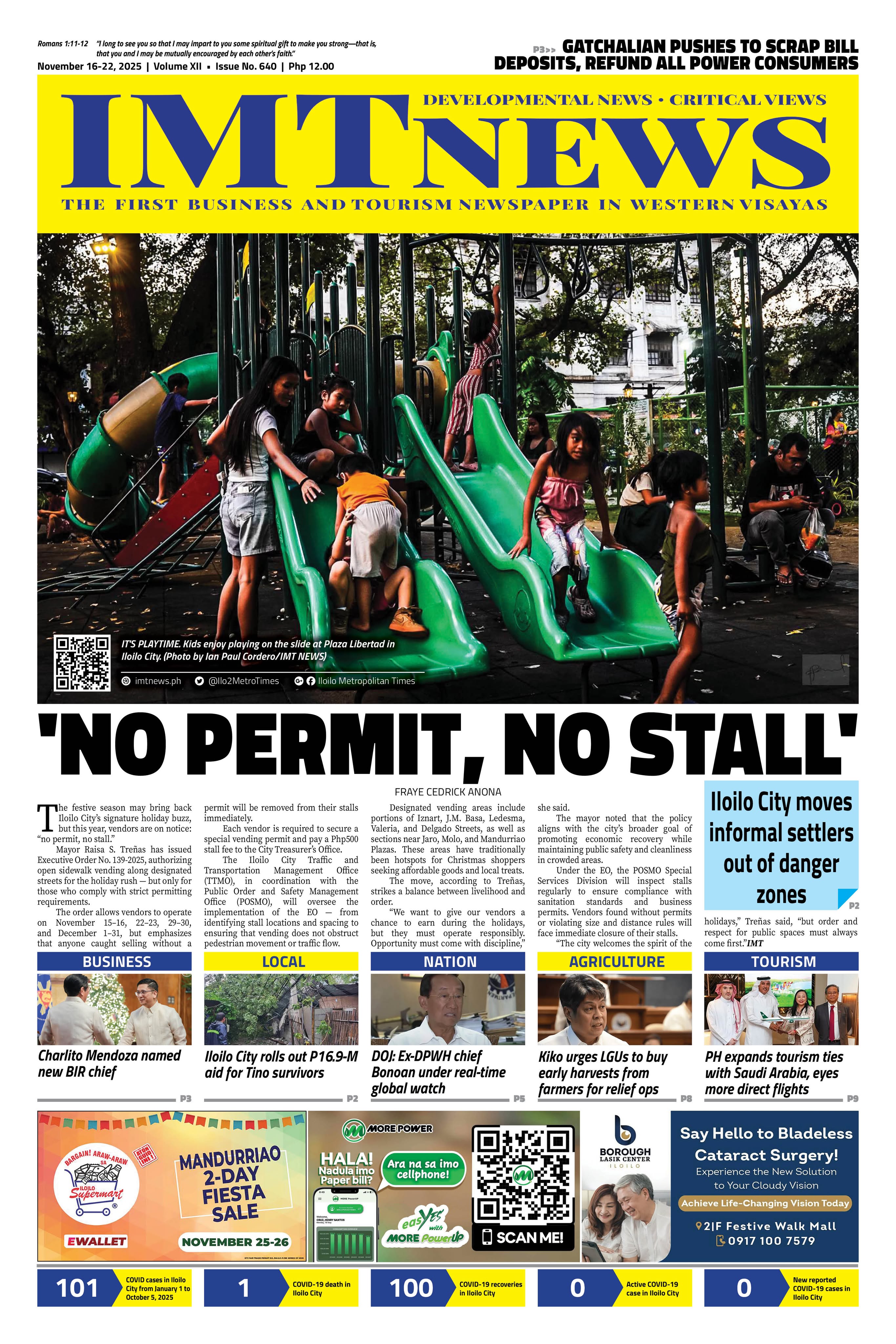Leganes is no stranger to rain. But these days, even without a storm signal, a downpour can turn its streets into streams. Waist-deep water in parts that never flooded during Frank or Yolanda now feels disturbingly normal. Even Ceres buses—those kings of the highway—hesitated to cross last month’s pond-like puddles. This is not a fluke. It is the slow drowning of a town that once stood on firmer, drier ground.
Locals will tell you something changed. Where rice fields and irrigation canals once crisscrossed the land, subdivisions now rise—fast, boxy, and, worryingly, built on old farmlands without drainage that matches the density. Houses replaced paddies. Pavement replaced porous soil. When rain falls now, there is simply nowhere for it to go. So, it goes into homes, schools, and barangay roads.
The flooding in Leganes is not isolated. In some areas in Lapuz, Iloilo City, neighborhoods that never saw ankle-deep water now deal with floods reaching their living room floors. Heavy rains meet high tides, and suddenly, regular homes feel like makeshift docks. Even Molo, Jaro, and many crossings in the City Proper Area have felt the sting of unexpected, stubborn floods—rainwater that refuses to recede.
And all this is happening despite billions poured into flood control projects. Malacanang has recently ordered an audit of these efforts after publicly blasting corruption in infrastructure. According to Senator Panfilo Lacson, nearly ₱2 trillion has gone into flood control since 2011. But when floodways barely do their job and canals are still choked with muck, you have to wonder—saan nga ba napunta ang pondo?
The Mines and Geosciences Bureau already raised the red flag in 2016, tagging Leganes as highly flood-prone, especially near the Jalaur River. And yet, here we are. The subdivisions came fast, but the drainage did not. Permits for buildings and houses seem easier to get than plans for decent flood control. And who gets stuck dealing with it? The people—those who wade through waist-high floods just to report to work, those shaken awake at midnight by rising waters, those who stare helplessly at fields now drowned in mud where palay once promised life, and those drying limp notebooks on borrowed classroom chairs.
The hardest part? We act like this is normal now. More than 4,400 families were displaced in Western Visayas just last month, and barely anyone noticed. The canceled classes, the soaked food packs, the drowned rice fields, the washed out fish ponds, the mud-drenched market, the houses swallowed by sludge, the gymnasiums turned evacuation centers—these are treated like rainy season routines. But they should not be. This is not resilience. This is resignation.
There is still a way forward. But it starts with honesty and accountability. Subdivisions must not rise where floodplains fall. Land conversion should be questioned, not rubber-stamped. Drainage should be a first step, not an afterthought. We need stronger land use laws, better coordination between national agencies and LGUs, and most of all, the political will to say “enough” to developers who build without responsibility.
Because urbanization without thought is not progress. It is just more people stuck in traffic, stuck in water, stuck waiting for the flood to drain.
The residents of Leganes, Lapuz, and so many parts of Iloilo deserve more than temporary relief. They deserve dry beds, reliable roads, and a town that works even when it rains. Until we make planning as urgent as building, we will keep swimming in our own neglect.
And one day, it might not just be waist-deep. It might be too late.
Doc H fondly describes himself as a “student of and for life” who, like many others, aspires to a life-giving and why-driven world grounded in social justice and the pursuit of happiness. His views do not necessarily reflect those of the institutions he is employed or connected with.
Waist-deep in neglect






